Top 5 Best Coffee Beans for AeroPress in 2024
As a barista, I’ve seen firsthand how AeroPress has taken the specialty coffee world by storm since it was launched a few years ago. It’s become a favorite among professional baristas and home brewing enthusiasts because of its versatility, durability, and affordability.
One thing that often stumps people is figuring out which coffee beans are best for AeroPress.
To help you out, I’ve put together a list of the 5 best coffee beans for the AeroPress, along with some tips for brewing the perfect cup.
Top 5: Best Coffee Beans for AeroPress in 2024
Here is a brief overview of the five best coffees for AeroPress based on the category that performs the best.
- Koa Coffee Estate Medium – Best Overall
- Volcanica Ethiopia Natural Coffee – Best Light Roast
- Volcanica Coffee Guatemala Antigua Reserve – Best Dark Roast
- Volcanica Cold Brew Coffee Blend – Best for Cold Brew
- Trade Coffee Packs – Best Coffee Subscription
Koa Coffee Estate Medium – Best Overall
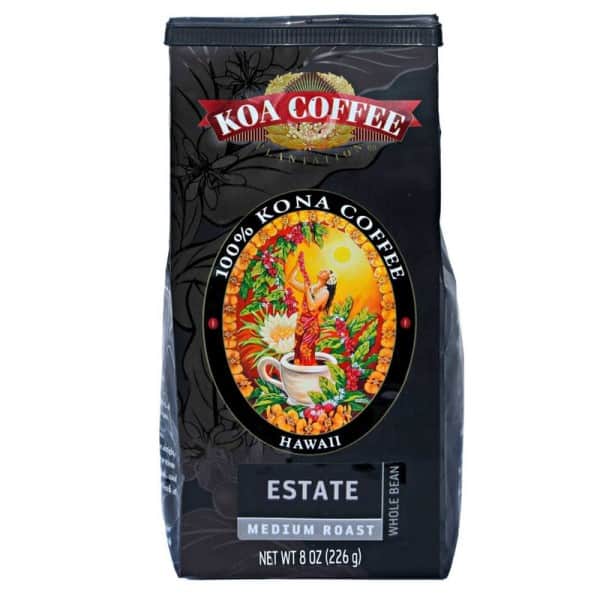
My number one pick for the best coffee beans for AeroPress is Koa Coffee Estate Medium, grown in Hawaii. Koa Coffee is high quality grown on fertile and mineral-rich volcanic soil.
So, if you are a coffee lover in need of high-quality coffee for AeroPress, Koa Coffee is the best choice. It has a sweet and mellow flavor and is lower in acidity, unlike other coffee beans.
In addition, the coffee beans are hand-picked when ripe and then processed. After that, the beans are roasted to produce a delicate and unique coffee that gives you a lingering aftertaste.
The Estate Medium Roast 100% Kona Coffee is sourced exclusively from a single estate farm on the slopes of Mauna Loa volcano, ensuring a unique flavor profile characteristic of the region. This coffee offers a consistent medium roast that highlights the distinct taste of Kona Coffee.
It is available in various sizes and as part of a subscription service with discounts on subsequent renewals.
Pros
Cons
Volcanica Ethiopia Natural Coffee – Best Light Roast

Volcanic Ethiopia Natural Coffee is a naturally processed coffee grown in red volcanic and topical soil without pesticides. The volcanic soil provides this coffee with so many nutrients giving it a unique flavor.
Further, Volcanic Ethiopian Natural Coffee is processed using the traditional African Method. For example, the ripe coffee beans are hand-picked and dried on African coffee berry beds for about 15 to 18 days. The beans are then roasted to ensure they have optimum flavors, making them suitable for AeroPress.
The Ethiopia Natural Coffee is a micro-lot, naturally processed coffee from a 5.25-hectare farm in West Arsi, Ethiopia. Grown in nutrient-rich red volcanic soil, this coffee offers a distinct flavor profile with notes of blueberry, jasmine, and sugarcane.
It is a light roast, single-origin coffee, dried traditionally on raised African beds and cultivated at an altitude of 6,825 feet. The farm is small, so this coffee runs out quick.
Pros
Cons
Volcanica Coffee Guatemala Antigua Reserve – Best Dark Roast
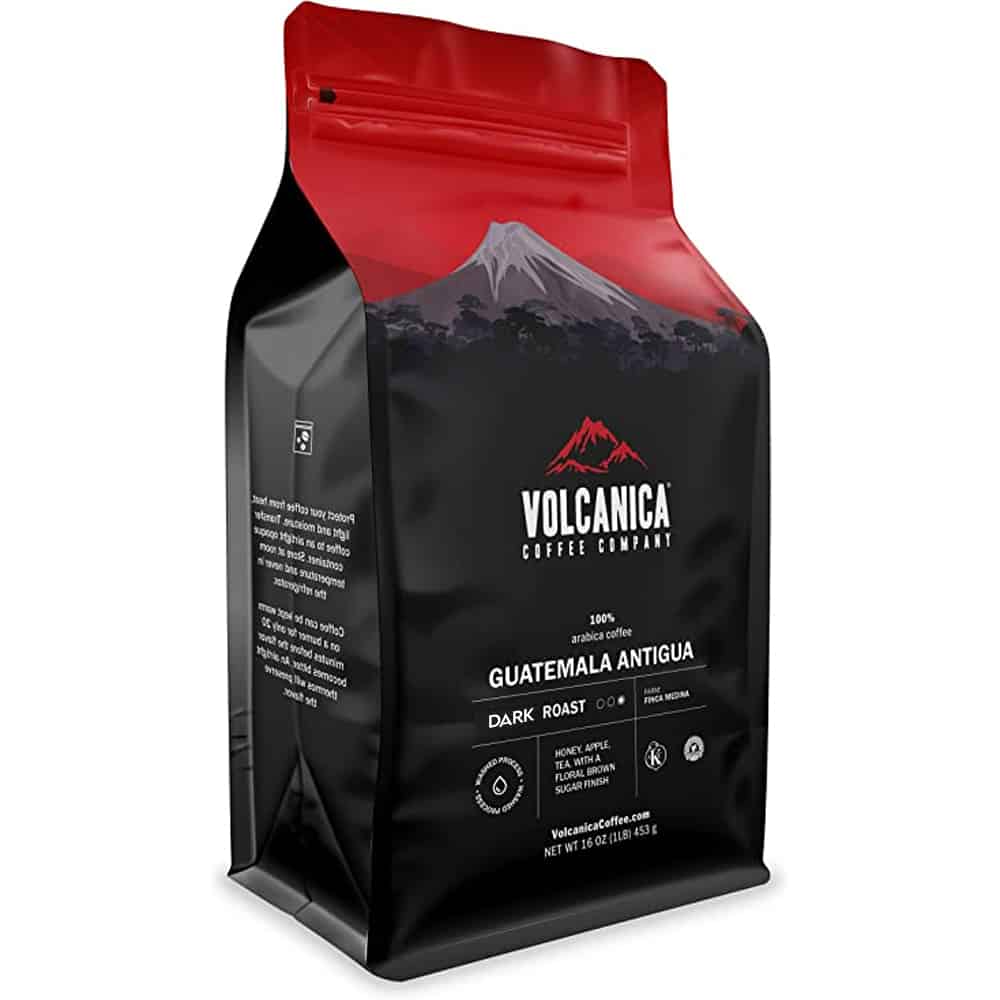
The Guatemala Antigua coffee has a rich and full-bodied taste, making it the best coffee for AeroPress. Apart from that, the coffee is smooth, has a sophisticated flavor, and has a great dark, roasted aroma, which is great for any morning.
On the other hand, this dark roast coffee is grown on rich volcanic soils in Guatemala, making the coffee rich in minerals. Thus 100% customer satisfaction is guaranteed with its distinguishable taste and fine smoky-spicy overtones with a sweet and superb finish.
This Dark Roast is a USDA Organic certified coffee from the Medina Estate, offering a rich and full-bodied flavor with notes of deep caramel, earthiness, and smoke. This low-acid coffee is processed using a washed method and sun-dried, emphasizing its intense dark roasted aroma.
Grown in the World Heritage Site of Antigua, Guatemala, the coffee benefits from nutrient-rich volcanic soil and optimal rainfall, contributing to its unique taste profile.
Pros
Cons
Volcanica Cold Brew Coffee Blend – Best for Cold Brew
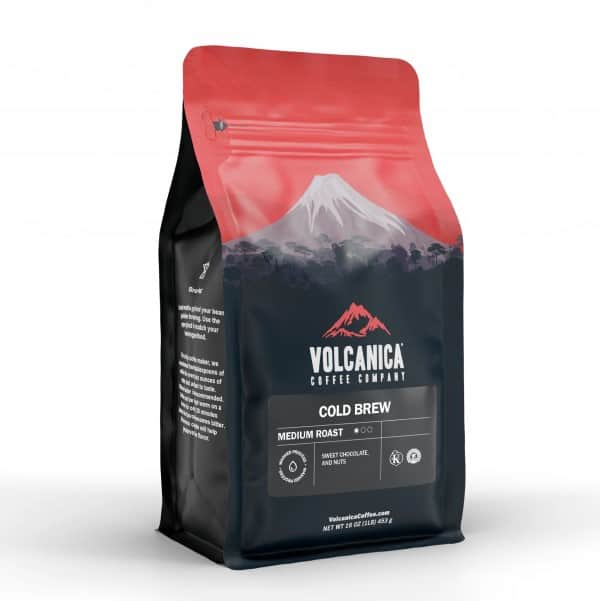
Cold Brew Coffee originated in Japan during the seventeenth century when Dutch traders brought it over and made it popular. This coffee blend has sweet and earthy flavors with low acid, and Volcanica balances the taste with chocolatey and nutty notes to make it even more satisfying. Plus, cold-brew extraction uses cold water instead of hot water, making this treat different from other kinds of coffee.
Aside from its delicious flavor, Cold Brew Coffee can also benefit your health. It boosts metabolism and may even help with weight loss. It also supports heart health, brain function, and improved mood.
And it’s reasonably priced and easy to find.
Volcanica’s cold brew blend comes in 16 oz bags, and you can choose from different grinds like drip, espresso, and French press if you don’t have a grinder at home. Choose “drip” for the Aeropress though.
This special medium roast blend by Volcanica is designed for cold brew enthusiasts, combining bold Sumatra with low-acid Arabica coffee. With flavor notes of sweet chocolate and nuts, it is processed using a washed method and is Kosher Certified.
It boasts a low acidity, achieved by roasting beans naturally lower in acid for longer durations, resulting in a higher pH and smoother taste.
Pros
Cons
Trade Coffee Packs- Best Coffee Subscription

Coffee enthusiasts have dubbed Trade Coffee the “Netflix of coffee” due to its selection of over 400 types of coffee. From specialty roasters like Merit and George Coffee to traditional offerings, there is something for everyone on this unique platform.
With a Trade Coffee subscription, you’ll take a quiz to determine which type of coffee best suits your tastes. Plus, there are two subscription tiers: the Hookup and the Classic. The former provides access to an unlimited variety of coffee beans, whereas the latter offers more traditional flavors only.
Trade Coffee isn’t a specific brand of coffee but rather a hub for getting great quality coffee from top-notch brands at an affordable price. You can also choose how often you’d like to receive your coffee delivery – every six weeks or every week. Plus, there’s the First Match Guarantee which means if you don’t love the first batch of beans, they’ll send you a new one for free.
You can save even more on your first order with a $25 discount – plus, you’ll get additional subscription packs with every order thereafter. So if you’re looking to try out new coffee beans without breaking the bank, Trade Coffee is definitely worth considering.
Trade Coffee's subscription service delivers freshly roasted coffee beans directly from a network of roasters across the USA. The service offers a wide selection of coffees, personalized to individual preferences through a quiz, and delivers them at selected intervals.
While the premium coffee bags are slightly more expensive, the convenience, variety, freshness, and support for local roasters make it a compelling choice for coffee enthusiasts. However, you may occasionally receive a bag that doesn’t align with your taste preferences.
Pros
Cons
Tips for Brewing the Best AeroPress Coffee Beans
Want to ensure that you have the optimal experience with your cup of AeroPress coffee? Follow these simple tips to ensure each sip is as flavorful and enjoyable as possible.
Whole Bean vs. Pre-ground? Grind It Yourself!
When it comes to making coffee with an Aeropress, I recommend you use freshly ground whole bean coffee, not pre-ground coffee. There are a few reasons for this:
- Freshness – Whole coffee beans maintain their freshness and flavor much longer than pre-ground coffee. Once the beans are ground, the flavors and oils start to dissipate rapidly due to exposure to oxygen. You may not know that at coffee cuppings and taste competitions, ground coffee can only be used for 15 minutes after grinding to preserve its aromatic compounds.
- Versatility – With whole beans, you can adjust the grind size to optimize extraction for any brew method. Pre-ground coffee is usually only suitable for drip machines. The Aeropress needs a medium-fine grind that pre-ground coffee won’t provide.
- Better Flavor – Grinding your own beans gives you more control over the flavor, resulting in a more aromatic and complex cup of coffee. The uniform particle size from quality burr grinders leads to balanced extraction.
There is a big tradeoff though, that of the convenience of preground coffee. But while pre-ground coffee saves time in the morning, the difference in quality and taste makes grinding whole beans worthwhile for most coffee aficionados.
Use a medium-fine grind size
I always recommend using a medium-fine grind size when brewing with an AeroPress. If the grind is too coarse, you’ll end up with a drip-through rate that’s up to twice as fast. On the other hand, if it’s too fine, you might have trouble pressing the AeroPress.
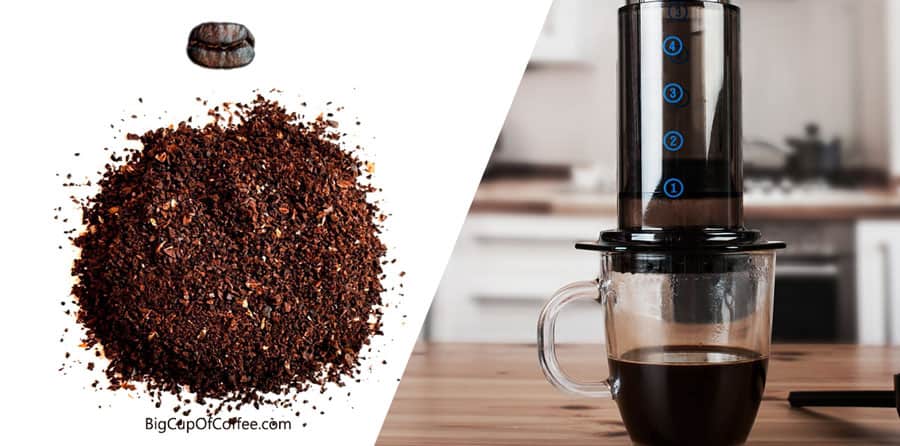
A good rule of thumb is to use a medium grind size, the same grind you’d use for drip coffee makers.
Most store-bought coffee is already ground to fine, which is not the best for this brewing method. If you don’t have a grinder, specialty coffee bean websites will usually be able to send you beans ground to the size of your choice.
Shake to level the bed of coffee grounds
Before pouring in hot water, give your AeroPress a gentle shake to level out the bed of coffee grounds. This will help ensure that the water is distributed evenly and extract the maximum flavor from your beans.
Temperature is important
Many people assume that boiling water is always best, but using water that is too hot can produce bitter, unpleasant flavors due to over-extraction. On the other hand, using water that isn’t hot enough can lead to sour or flavorless coffee.
I recommend using water at these temperatures for the Aeropress:
- 185°F (85°C) for dark roasts
- 195°F (90°C) for light roasts
Using less pressure is better
Applying too much pressure makes the process more difficult and time-consuming. When you press down too hard, the coffee grounds can become compacted in the chamber, making it tough to plunge all the way down.
If your plunging seems to get stuck, you probably have too fine grinds. In this case, try starting by pressing down just half an inch and holding the plunger there to let the air pressure in the chamber do the work. After a few seconds, press down another half inch and repeat until you’re finished. You’ll find that this method is faster and easier.
Perfect brew time
The key to brewing the best cup of coffee is finding the perfect brew time. Brew for too long and your coffee may taste bitter or burnt, and brew for too short and it may be too acidic.
The official Aeropress instructions recommend stirring the coffee and water together for 10 seconds for hot coffee, and briskly for 60 seconds for cold brew before pressing. This will help you achieve the perfect balance of flavor and strength.
Try the inverted method
The inverted method is a popular technique among AeroPress users.
As the name suggests, this involves positioning your AeroPress upside down with the brewing chamber on top and the plunger on the bottom. After steeping the coffee in this position, you flip the coffee maker and proceed to plunge it.
The idea here is that you don’t lose any water when stirring and steeping your coffee grounds, which maintains the exact brew ratio of your coffee, enhancing your drink. While there are skeptics about this method, many of the winning Aeropress recipes from the annual championships use this technique, so it’s definitely worth trying out.
To learn more, you can read my guide on how to make AeroPress coffee with the inverted method.
Which Beans Will You Choose?
Getting the right beans is the key to getting the most out of your AeroPress. I think Koa Coffee Estate Medium Roast is the cream of the crop when it comes to the overall flavor, while the rare Volcanic Ethiopian Natural Coffee provides a stellar light roast. You should definitely try them, if not all of the coffees on this list.
So, the question is which beans will you try next?

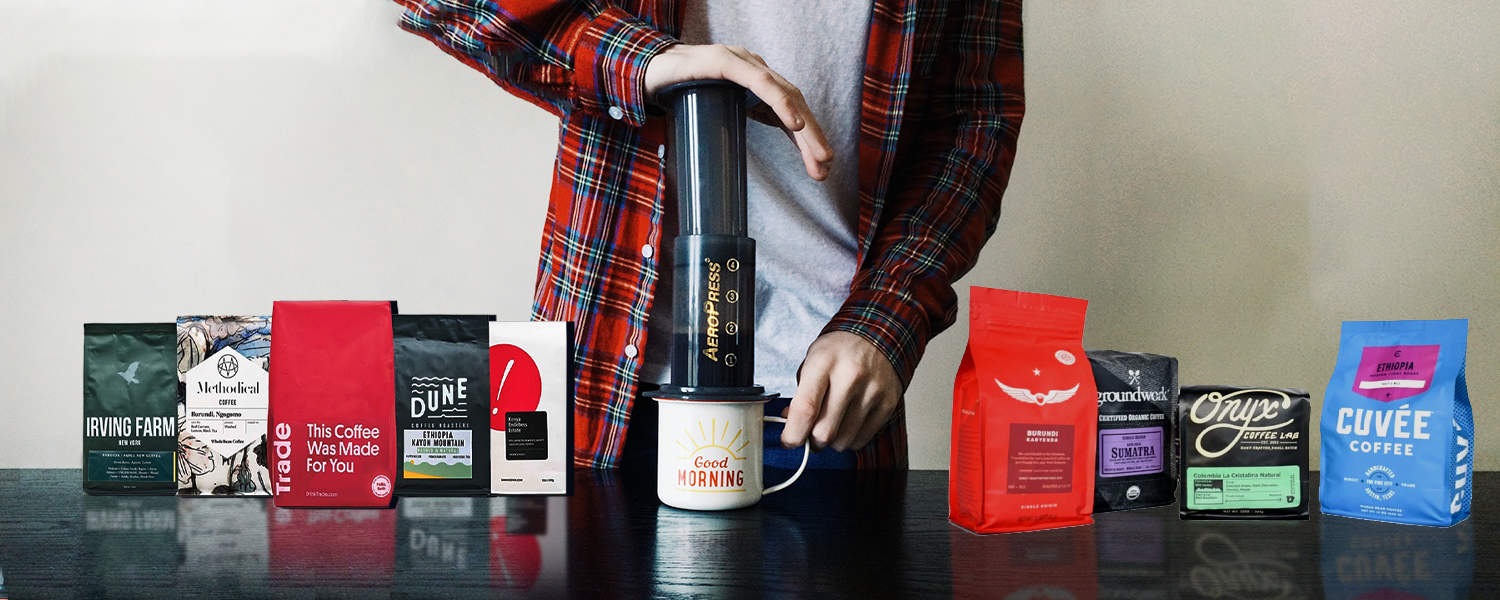
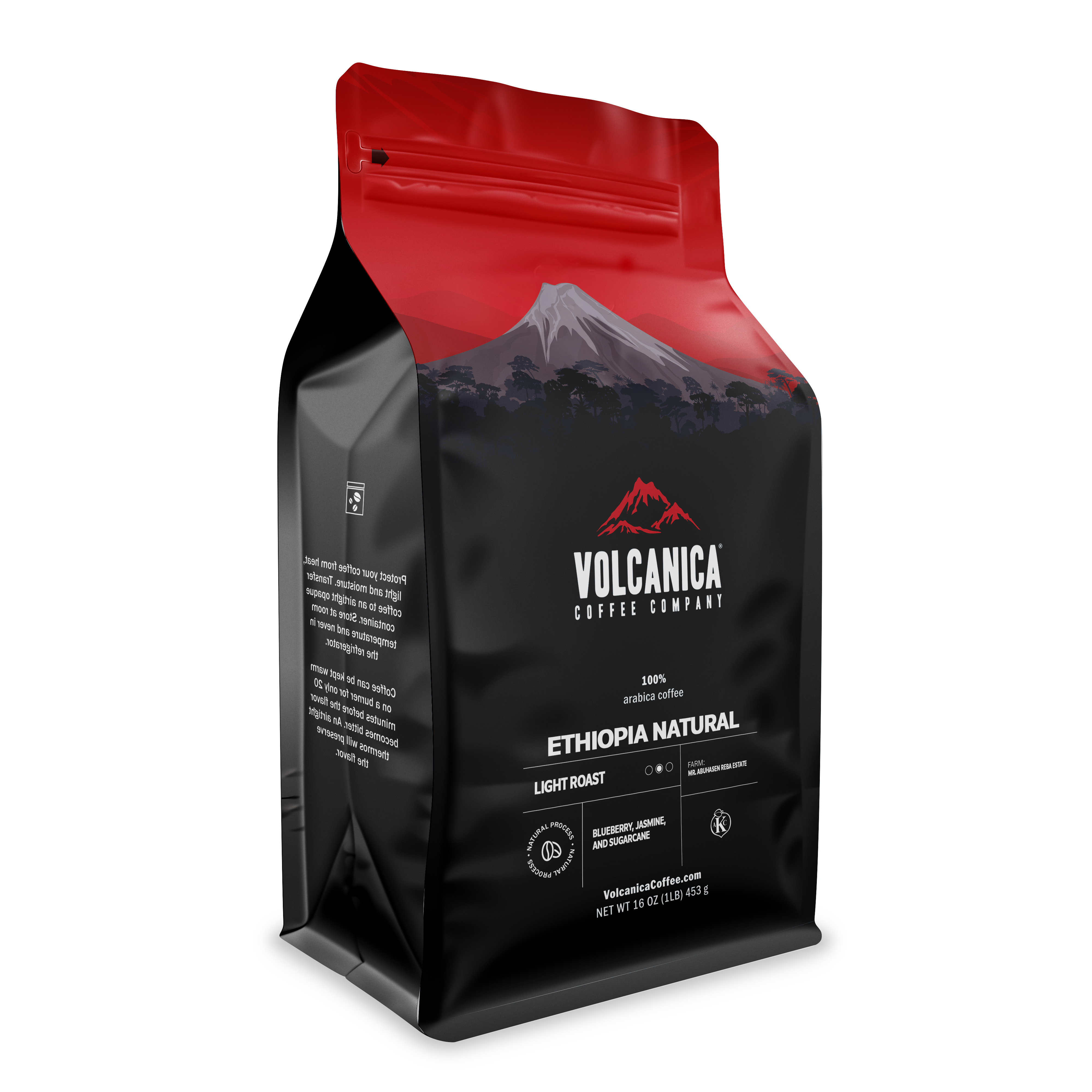
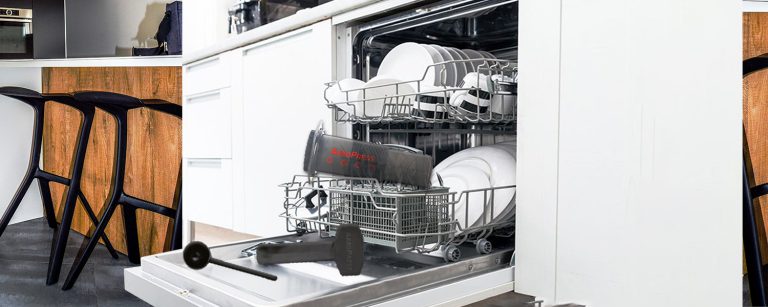
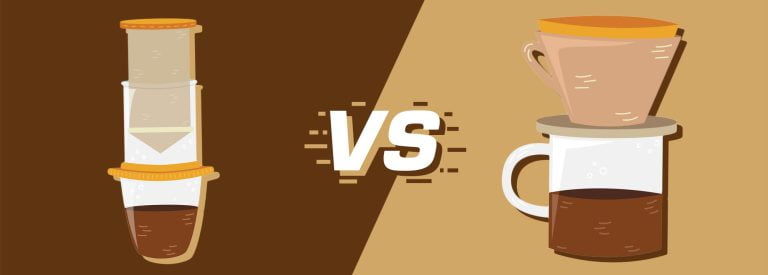
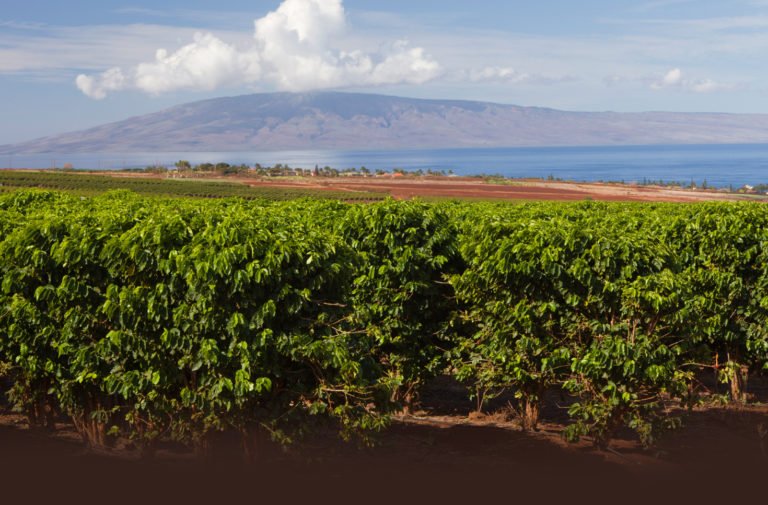


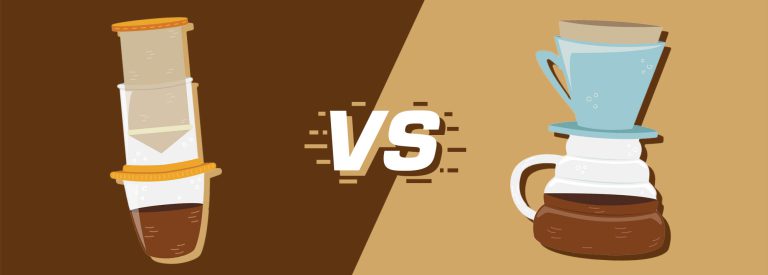
Quick question about the Trade Coffee Packs – Best Coffee Subscription”. I’m intrigued, but I’m wondering what makes this subscription stand out among the many others in the market right now? Is it the variety of beans, the freshness, or something else? Would love to hear more insights.
I think trade offers a good value service. They are priced well, and deliver freshly roasted coffee. Sometimes it’s not what you like, but I think that’s ok, tasting coffee is fun. You can brew that bag for guests 🙂
I had to leap in and share my experience with the Volcanica Coffee Guatemala Antigua Reserve after reading your fascinating write-up. It’s been my go-to dark roast for a while now, and it’s truly a delight in the Aeropress. The rich, full-bodied taste and amazing aroma actually make me look forward to waking up. Couldn’t agree more with your recommendation.
I’ve been struggling to pin down the perfect beans for my Aeropress, and this article felt like it was written just for me. Thanks to your comprehensive guide, Tom, I picked up the Koa Coffee Estate Medium and it’s a complete game-changer. The coffee’s minimal acidity is so gentle on my stomach, and that mellow flavor is exactly what my mornings needed. It is worlds from the cheap coffee beans I used to get from Publix. Absolutely thankful for this share.
I’m chuffed to read such a detailed article on AeroPress coffee beans. I’ve found that a slightly cooler than boiling temp strikes a wonderful balance with the Volcanica Ethiopia Natural Coffee for that bright and fruity profile. Keep up the great brewing everyone!
That list is stellar, Tom. But I’m curious, when it comes to grind size for the Aeropress, you mention medium-fine but I’ve also read about people using a finer grind, similar to espresso. Could you clarify why medium-fine is the preference? Thanks a bunch.
If you use too fine grinds, you simply won’t be able to force the plunger down the chamber. It won’t go through and gets clogged up.